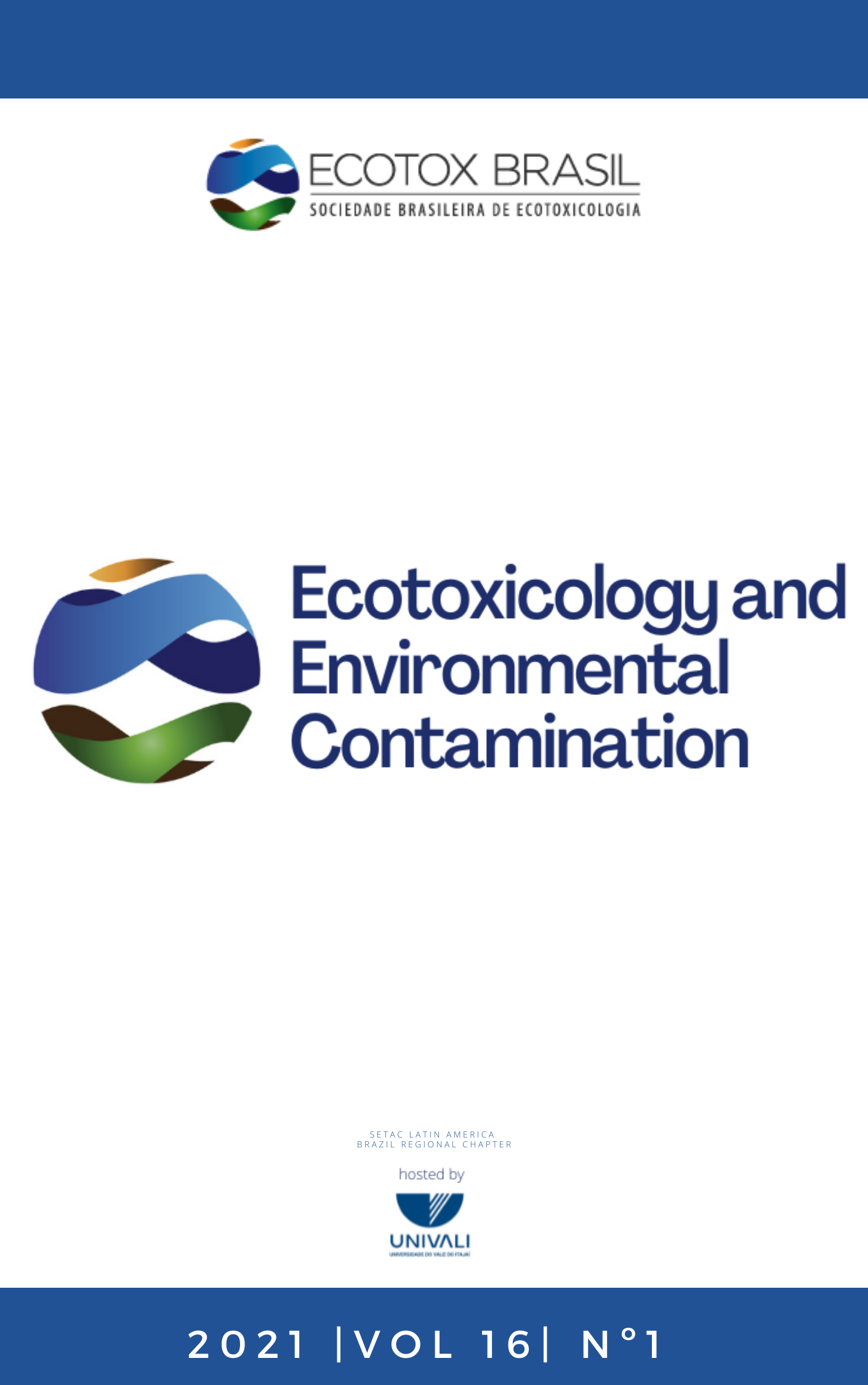Cyanobacteria reduction in the integrated culture of Pacific white shrimp and West India pointed venus in a biofloc system
DOI:
https://doi.org/10.5132/eec.2021.01.10Abstract
This study aimed to evaluate the integrated culture of the Pacific white shrimp (Litopenaeus vannamei) and the West Indian pointed venus (Anomalocardia flexuosa) reared in a biofloc system. The performance of both species and the phytoplankton community were evaluated. Shrimp monoculture and three stocking densities of West Indian pointed venus (2.5, 5.0 and 7.5 Kg m-3) were evaluated in 0.05 m3 tanks. First of all, the addition of A. brasiliana did not affect the water quality parameters of the culture. Regarding the phytoplankton community, 13 taxa were found: 5 cyanobacteria, 4 dinoflagellates, 3 diatoms and 1 green algae. Although diatoms were dominant at the beginning of cultivation, in the middle and at the end a cyanobacterial dominance was observed (proven by ANOSIM and nMDS). The taxa that most contributed to the abundance of cyanobacteria were Aphanocapsa sp. and Pseudanabaena sp. Regarding the performance of the shrimp, all integrated treatments present the higher growth performances (final weight, yield and survival) when compared to shrimp monoculture. Moreover, gradual mortalities of A. brasiliana were observed, probably due to the high concentration of cyanobacteria. Thus, it can be observed that the integration of molluscs in shrimp culture can reduce the concentration of harmful algae and improve the zootechnical performance of the shrimp.
Downloads
Downloads
Published
How to Cite
Issue
Section
License
Copyright © 2006 ECOTOX-Brasil
Copyright notice: It is a condition for publication that manuscripts submitted to this journal have not yet been published and will not be simultaneously submitted or published elsewhere. By submitting a manuscript, the authors agree that copyright for their article is transferred to the Sociedade Brasileira de Ecotoxicologia (ECOTOX-Brasil) if and when the article is accepted for publication. The copyright covers the exclusive rights to reproduce and distribute articles, including reprints, photographic reproductions or any other reproduction of a similar nature, including translations. No part of this publication may be reproduced, stored in a retrieval system or transmitted in any form or by any means, electronic, mechanical, photocopying, recording or otherwise, without permission of the publisher.
Notice: While every effort is made by the EEC, editors and editorial board to see that no inaccurate or misleading data, opinions or statements appear in this journal, they wish to make it clear that the contents of the articles and advertisements published herein are the sole responsibility of the contributors or advertisers concerned. Accordingly, the EEC, the editorial board and editors and their respective employees, officers and agents accept no responsibility or liability whatsoever for the consequences of any inaccurate or misleading data, opinion or statement.




